Microsoft is back from years in the woods, fearless and full of ambition
Microsoft, at the dawn of 2016, is a different company than the software giant we have come to know. No, I'm not referring to Redmond's headlong venture into hardware and the cloud.
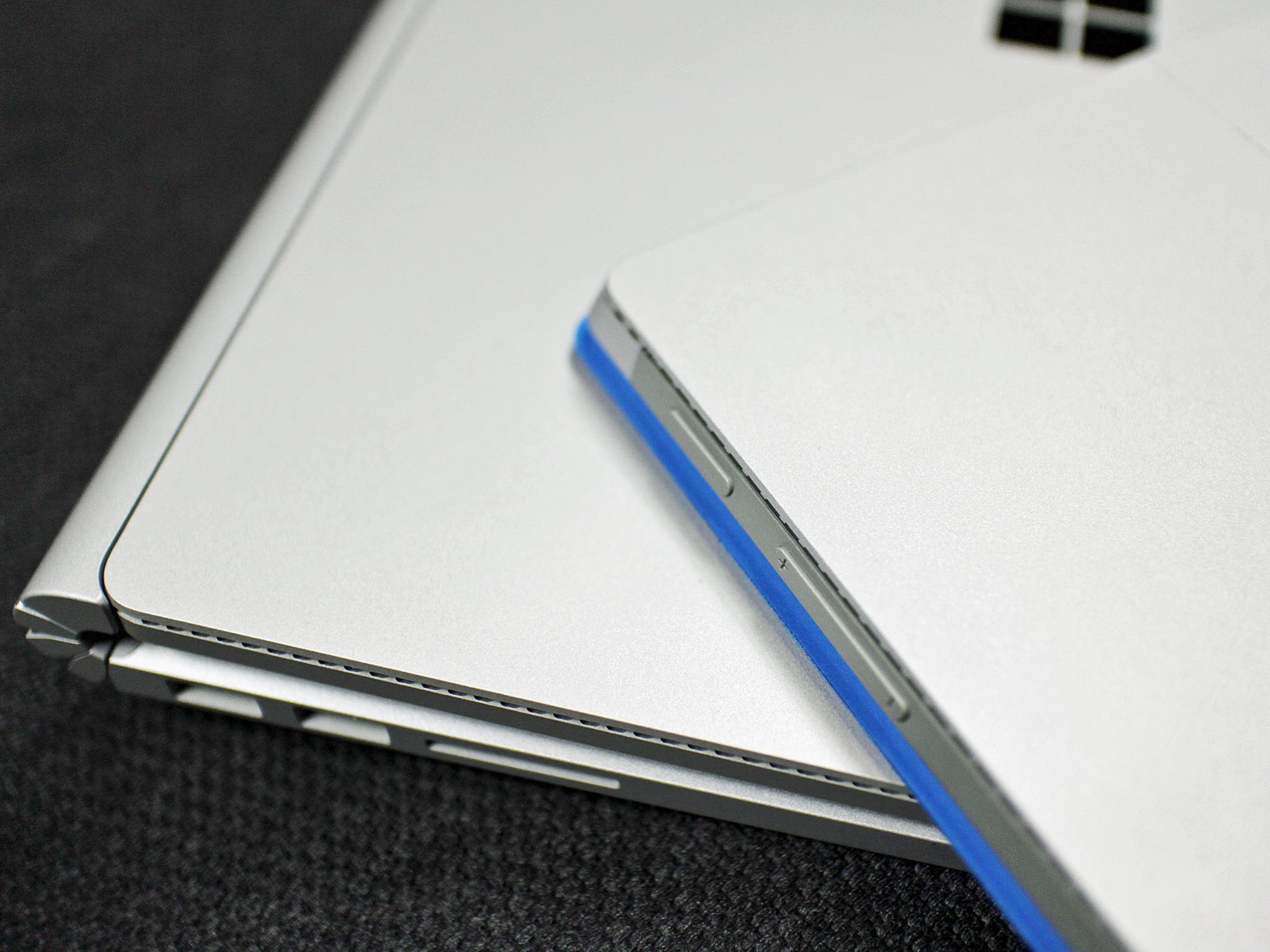
Though the company's bold "all-in" attitude into these areas is derivative of what I'm referring to, they're not the foundation of this transformation. Simply put, Microsoft is different because it has become a firm without fear.
Chris Capossela, Microsoft's Chief Marketing Officer, said it this way during the December 23, 2015, episode of Windows Weekly:
"…the fear is really gone, and the ambition is really back. Now it's up to us to execute. But this notion of being fearful, cautious...ambition inside the walls of the company is just crazy high. Now we have to execute. But it's just a better place to be in than a culture that's kind of fearful and very cautious about everything. Let's go execute in 2016."
The candid discussion with Microsoft's amicable marketing head revealed a company that overcame fear.
Dare to be different
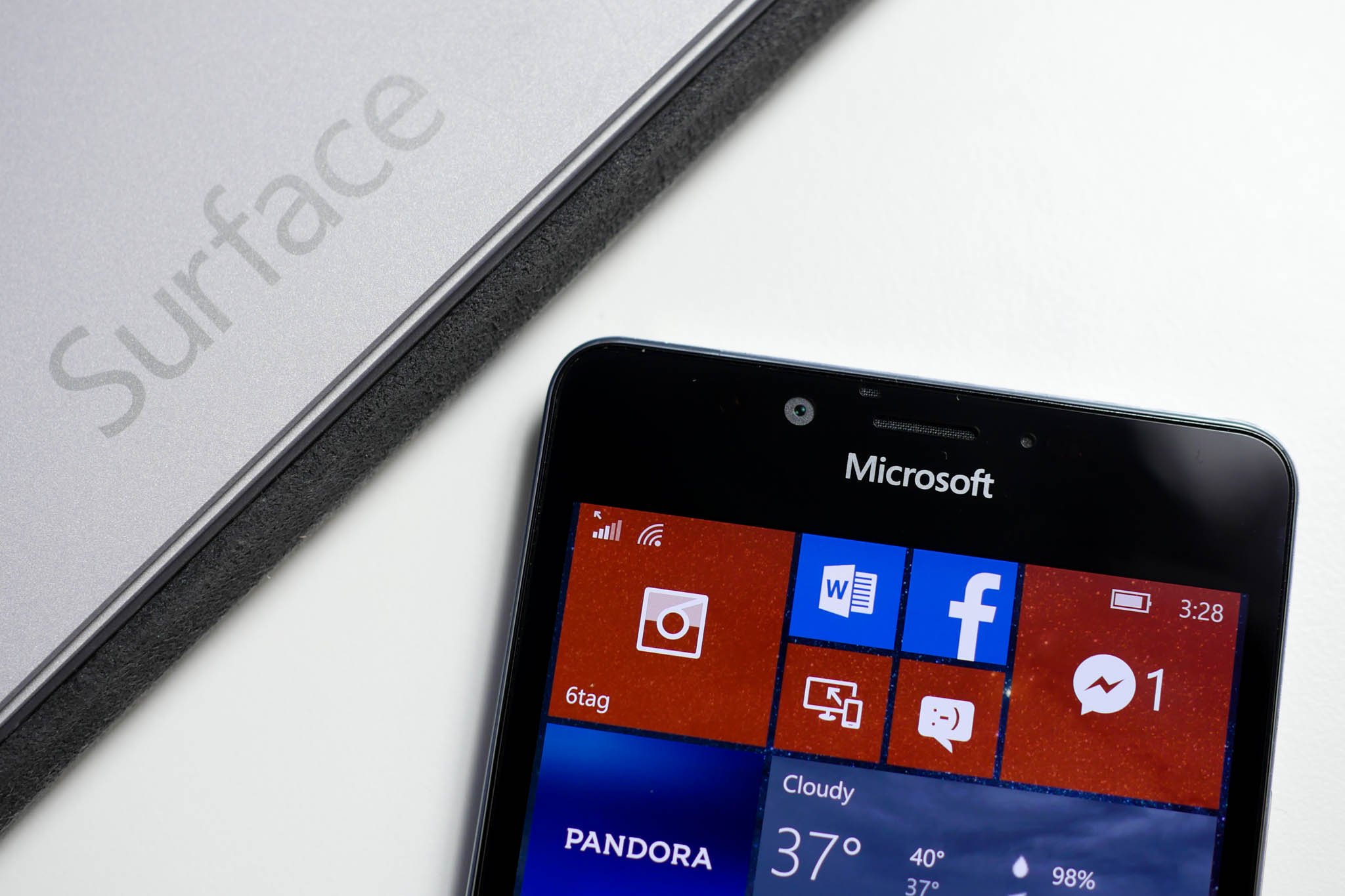
I'm a superhero fan. Marvel's Daredevil, the man without fear, is blind lawyer Matt Murdock by day and a fearless crime fighter by night. He's gifted with a "radar" sense akin to the echolocation employed by bats that allow him to perceive and act upon opportunities within his environment before those with ordinary sight see them. Combined with a strategic mind, calculating fighting style and character-defining courage he has a distinct edge over rivals. Combatants are overcome by Daredevil's offensive and defensive moves that take advantage of his ability to "see" more than what others perceive. An ability to see more than your rivals is a powerful asset indeed.
Microsoft's bold ventures into areas that rivals dared not tread have arguably positioned the company beyond the curve. Deliberate steps into the cloud, mixed reality, a unified platform, a freemium model for Office, category-defining hybrid hardware and expensive gaming accessories are signs of a company that's not afraid of what lies beyond the bend. This ambition is likely due to an acute sense of what the future holds. Yes, like Daredevil, Redmond's offensive and defensive moves are indicative of the company taking advantage of its ability to see what others have yet to perceive.
Business unusual
Microsoft's fearless and proactive modus operandi has not always been the way Redmond has done business. We need only venture briefly down memory lane, before the "One Microsoft" company reorg to get a glimpse of the Microsoft that once was.
Microsoft was a single firm with many independently operating divisions. The cohesive unity necessary for genuine innovation - conception, engineering, and execution - was absent. This disunity can be attributed to the confluence of many factors. One factor, no doubt, being rooted in the company's laser focus, and in hindsight, tunnel vision, on Microsoft's core asset - Windows. The company's primary focus in years past was making Windows comprehensive and ubiquitous.
Get the Windows Central Newsletter
All the latest news, reviews, and guides for Windows and Xbox diehards.
This discussion may sound like today's strategy. However, Microsoft's original Windows strategy did not benefit from a deliberate harmonizing of the company's other divisions. Microsoft didn't capitalize on the host of engineering assets at its disposal to promote a single mission.
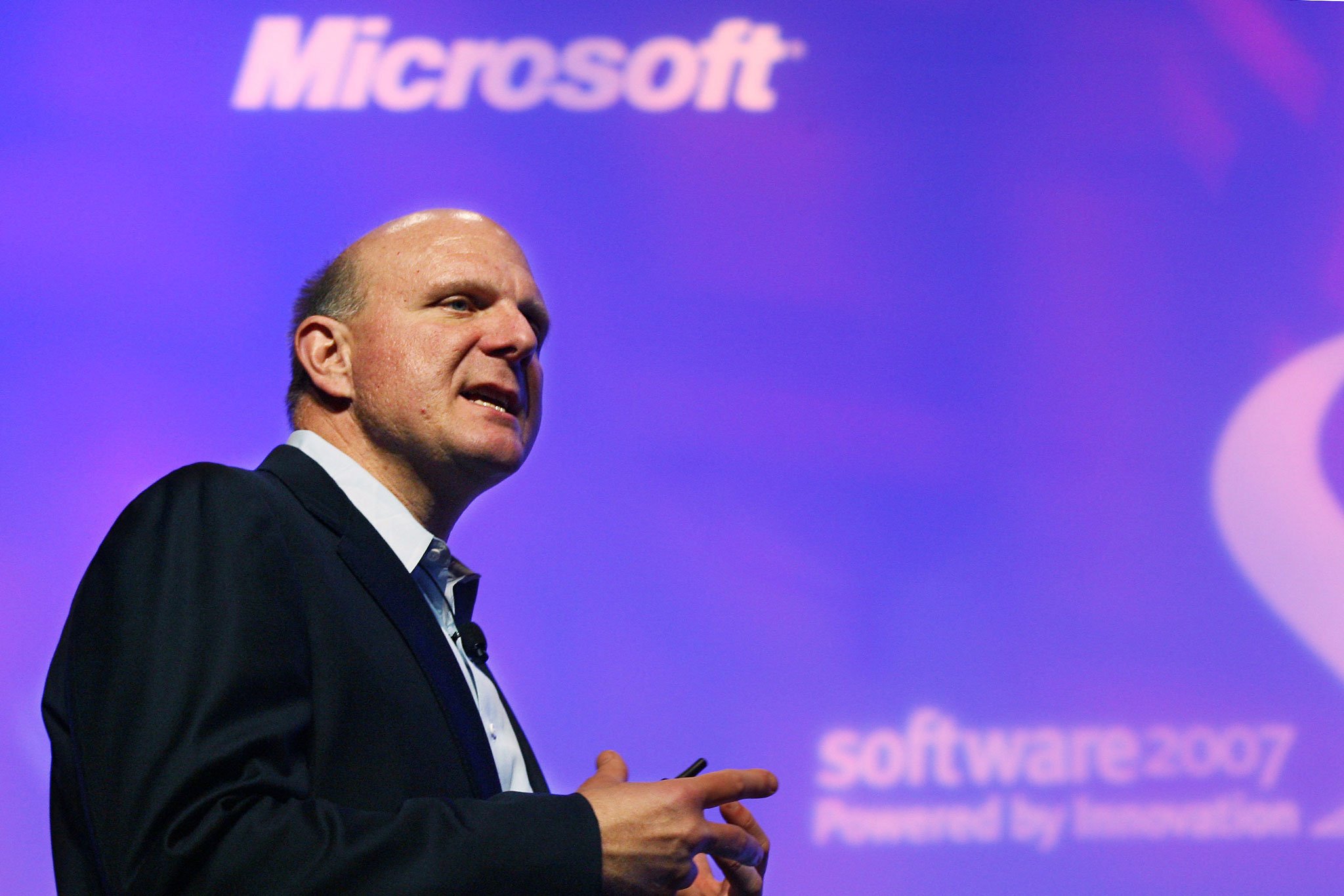
Steve Ballmer articulated it this way in a July 11, 2013, memo:
Improving our performance has three big dimensions: focusing the whole company on a single strategy, improving our capability in all disciplines and engineering/technology areas, and working together with more collaboration and agility around our common goals.
Yes, many of the bold shifts manifesting under Satya Nadella's still-young reign began during Ballmer's watch.
Reasons for fear
Another reality that was present during Ballmer's reign was the impact of the United States government's antitrust lawsuit against Microsoft. This years-long battle had lasting effects on the way Microsoft conducted business even after Ballmer facilitated a settlement.
Microsoft asserted that the company's genuine attempts at innovation were the target of rivals.
One of the issues, you may recall, was Microsoft's bundling of Internet Explorer with its ubiquitous Window OS. This integration was viewed by competitors, such as Netscape, as an unfair abuse of Microsoft's monopoly position. In its defense, Microsoft asserted that the company's genuine attempts at innovation were the target of rivals.
If true, Microsoft's apparent lack of cohesion, follow-through, and ambition in years past may be the result of the company's cautious attempts not to repeat behavior that placed them in the cross-hairs of the Department of Justice.
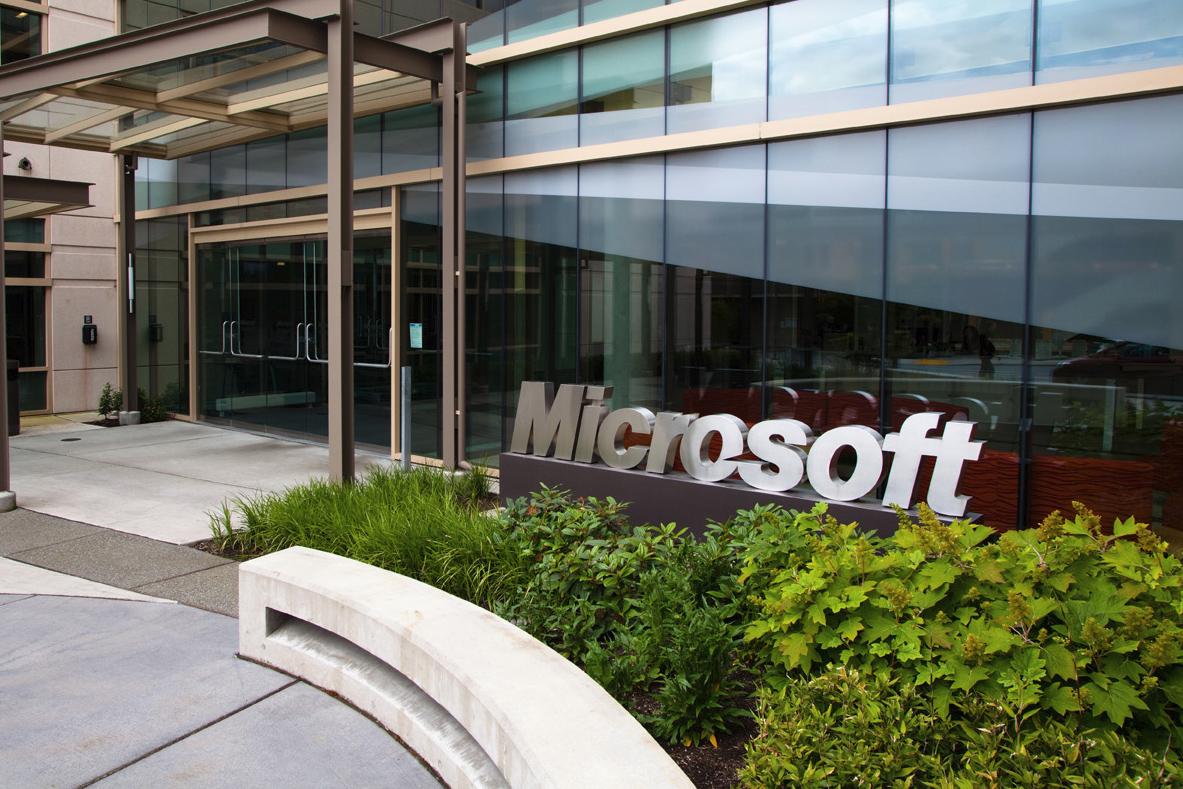
Moreover, one can imagine that team meetings during and after those court proceedings were likely venues for leadership to stress far-reaching protocols to ensure that every "i" was dotted, and every "t" crossed.
At the turn of the century, Microsoft had endured a very public battle with the US government, rival companies, and nearly half of the states in the union, followed by years of court-ordered scrutiny into its business practices. One judge had even ordered a break-up of the company though this was overturned on appeal. This is scary stuff. Like the oppressive environment of his home, the New York City neighborhood of Hell's Kitchen shaped Daredevil's hardened character, this court battle was a culture-defining burden for Microsoft.
The court battle was a culture-defining burden for Microsoft.
Consequently, company-wide measures that were implemented to ensure compliance with the courts and safety from such legal troubles in the future very likely, subtly, and without intent, evolved to become the company's culture. A culture of fear, trepidation and muted ambition. A culture where Redmond was afraid to innovate truly; to bring ambitious products from conception to execution.
Man without fear
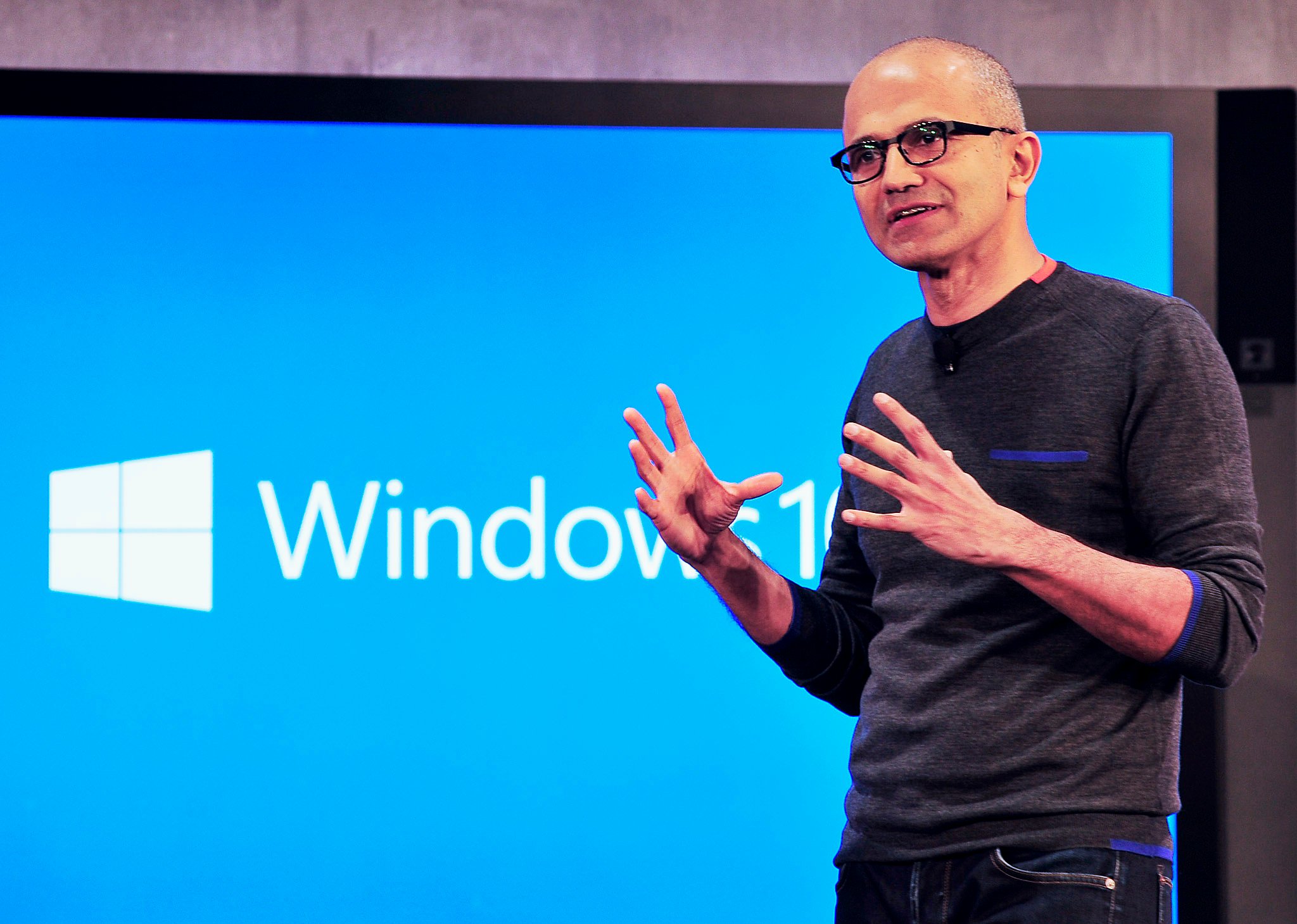
One would be hard pressed to categorize Satya Nadella as a fearful man. His distinct character, poise and ambition are the antithesis to that of a man ruled by fear. That said, we must acknowledge that many of the projects that we see coming to fruition during Nadella's brief tenure had to have been initiated while Ballmer led the company. Nothing in tech happens overnight.
What we can say regarding Nadella is that his bold ambition aligns decisions and projects he has inherited with his vision, boundless optimism and a strong charge into the future. A future of opportunities that he perceives, clearly articulates and like our blind hero, fearlessly acts upon before others know they're there. We're on the move.
Nadella fearlessly acts on opportunities before others know they're there. We're on the move.
Who can forget Nadella's July 2014 vision-setting Bold Ambition and Core{.nofollow} email? In that communication, Nadella spoke of mobility of experiences. In a device-centric world greatly influenced by the iPhone and a myriad assortment of Android smartphones, Nadella's prioritizing of a cohesive user experience across the devices through which those experiences occur may have appeared to some as a "sour grapes". Due to Microsoft's small representation in the smartphone arena, Nadella's "device-less" focus may have seemed like an attempt to downplay hardware.
However, the industry's continued evolution toward cloud-based experiences with our devices playing the role of transient access points to those experiences over the past year has begun to bear out the courageous vision portrayed by Nadella.
Hard way to go
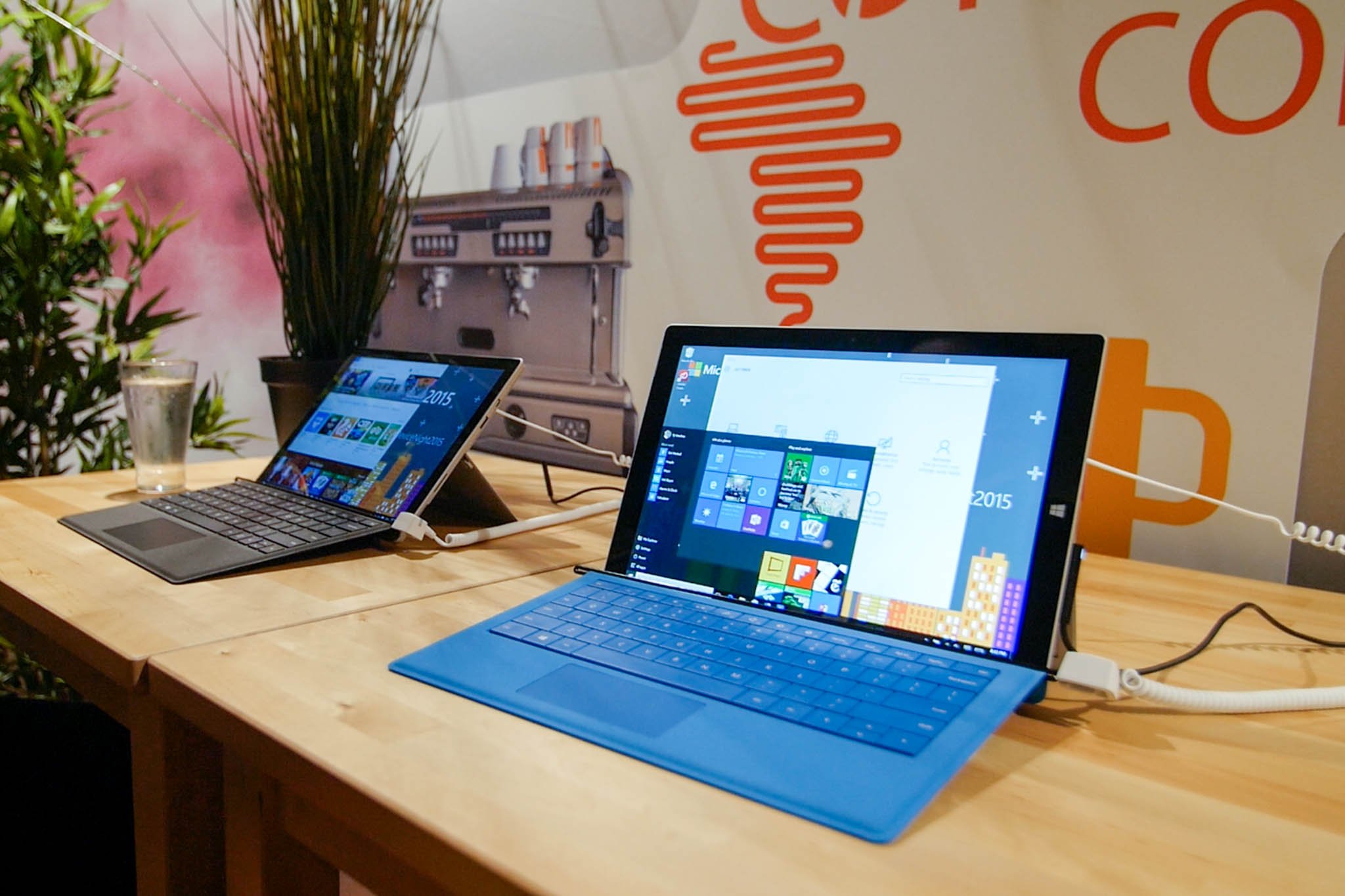
This cloud-first, mobile-first strategy in no way precludes the importance of Microsoft's hardware vision. Nadella clearly{.nofollow} conveys hardware's vital role in Microsoft's ecosystem:
Our cloud OS infrastructure, device OS and first-party hardware will all build around this core focus and enable broad ecosystems.
Apparently, Microsoft's hardware vision has taken shape around it's 'mobility of experiences' core. The category-defining Surface and Surface Book are ambitious ventures into uncharted space with a deliberate goal of driving the rest of the industry in that same direction. Microsoft is no longer afraid.
In a world where declining sales of traditional PCs are touted as a prelude to the death of the personal computer, Microsoft instead sees an evolution of the category. The companies keen sense of an industry they have served for 40 years, combined with the intuitive insights of a courageous leader positioned Redmond to see opportunities others in the industry missed. Form-shifting devices were on Redmond's radar.
The daring context-conforming hardware of the Surface/Book and Continuum-enhanced Lumia's (and pending Surface "spiritual equivalent" "phone") set the tone for the type of devices that Microsoft envisions will help the firm facilitate its vision to empower the dual user. For Microsoft, the user, not the device, is the hub.
Imitation, they say, is the highest form of flattery. Apple's iPad Pro and Google's Pixel C are evidence that rivals now see what Microsoft saw when they launched the Surface in 2012. However, it is the power of the Universal Windows Platform and flexibility of Continuum that set Microsoft's solution apart.
Windows on the world
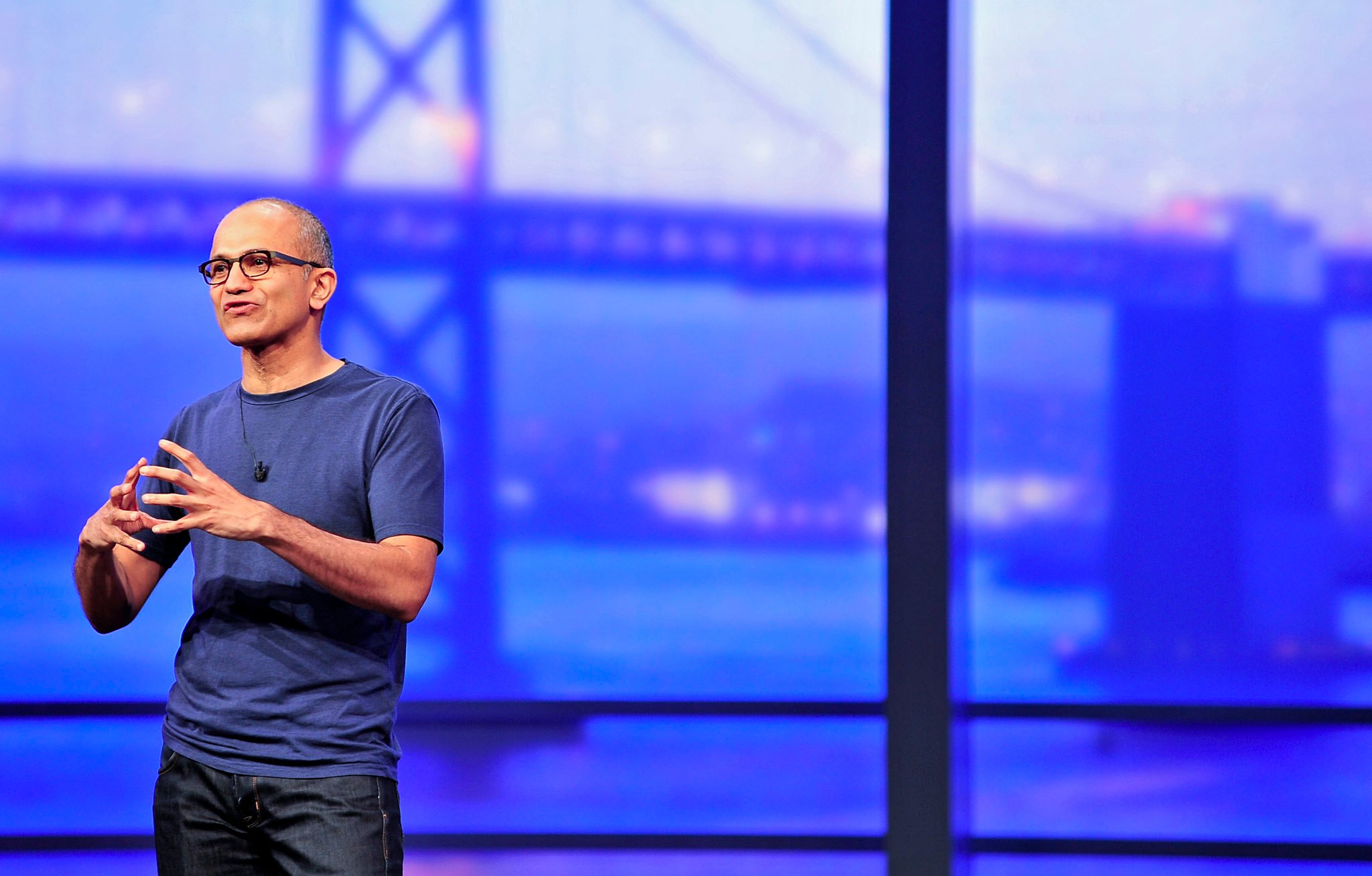
With Windows 10, Microsoft has boldly taken the OS where no other OS has gone before. Redmond has made Windows the foundation of a unified form-agnostic platform as well as an evolving service. These bold steps are not the mark of a company living under the shadow of its past. As Daredevil's character builds a career as a hero upon the shady foundation of his father's past, Nadella too sees opportunity in failure. Nadella's philosophy of building successes upon failures is helping to propel the company "full-throttle" into the future. With over 200 million installs of Windows since its July release Microsoft's final OS seems to be a success.
It's interesting to note how Microsoft unabashedly engineered deep integration of its products into Windows 10. Cortana is not just a handy assistant it's Microsoft's way of making Bing the default search engine for hundreds of millions of Windows users. Microsoft's engineering of products-within-products in Windows 10 such as Cortana within Edge, the more discoverable "Start-Menu-positioned" Windows Store with promoted apps, and other moves indicate that Microsoft is no longer walking on eggshells. As a matter of fact, Redmond is walking on air.
Offering Office
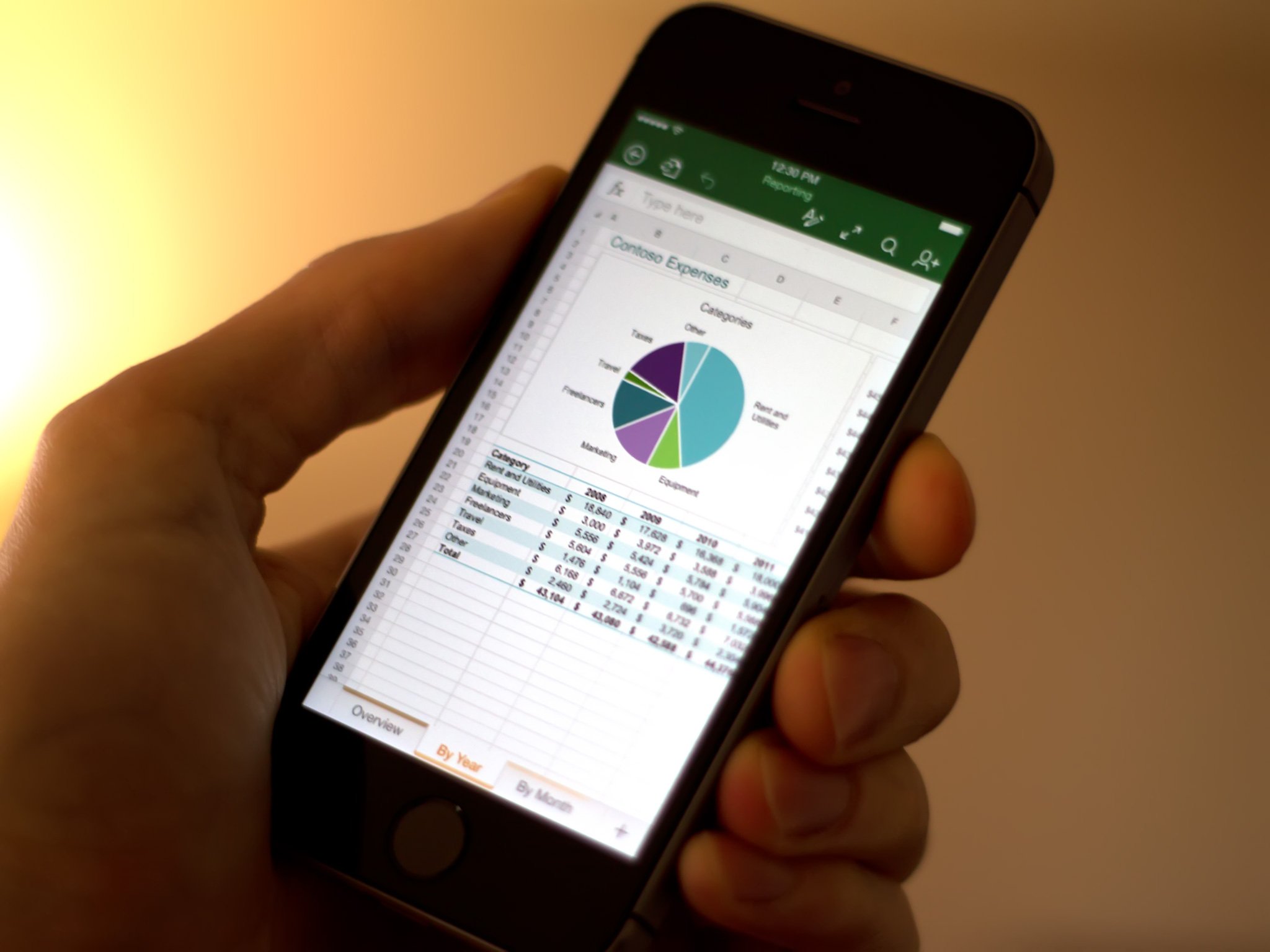
If someone had mentioned ten years ago that Microsoft Office would be offered for free and on platforms other than Windows, that person would have been laughed to scorn. Microsoft has taken one of its most lucrative businesses and done just that. 200 million iOS and Android users have downloaded free versions of Office. The freemium model is a simple concept: if consumers like the free product, they may be willing to purchase a more feature-rich version.
Additionally, the company's limited-time offer of Office 365 with the purchase of a new Windows computer is also lucrative for the enterprise as they establish their software as a service paradigm. For example, my wife gave me an HP Stream 7 last Christmas, which included a year's subscription to Office 365. That subscription expired this year. To use Office for another year I had to pay $70 since I didn't have an ongoing subscription. This routine will likely become an annual ritual for myself and hundreds of millions of others for years to come. This shift to a subscription model after years of selling software to users was a bold move that works synergistically with Microsoft's cloud-first vision.
Beyond the horizon
Capossela reiterated Microsoft's play for the cloud during his Windows Weekly discussion. Redmond's subscription-based enterprise cloud is second only to Amazon's. Capossela shared how Google has the capacity for a similar play but with over 90% of its revenue coming from ads it just does not fit the company's model. Consequently, Microsoft and Amazon are the two top cloud services for business. Redmond is aggressively squaring off with Amazon for the top position.
As the "man without fear" stands against a vast array of villains confident of his ability to succeed, Redmond confidently stands toe-to-toe against rivals in diverse sectors like business cloud and console gaming. After Nadella had taken the helm, there were concerns that he might capitulate to the will of some investors and cut the Xbox division. Microsoft's long-term vision, however, included Xbox as part of the Windows ecosystem. Boasting Windows 10, the Xbox and PCs are core to gaming in Microsoft's ecosystem. And gaming, of course, is core to Microsoft's vision of serving the dual user. Actually 2015 was the biggest year in Xbox history.
Gaming is so important to so many of Microsoft's customers that a breakout Microsoft product in 2015 was the $150 Elite Controller, per Capossela. Who would have thought?
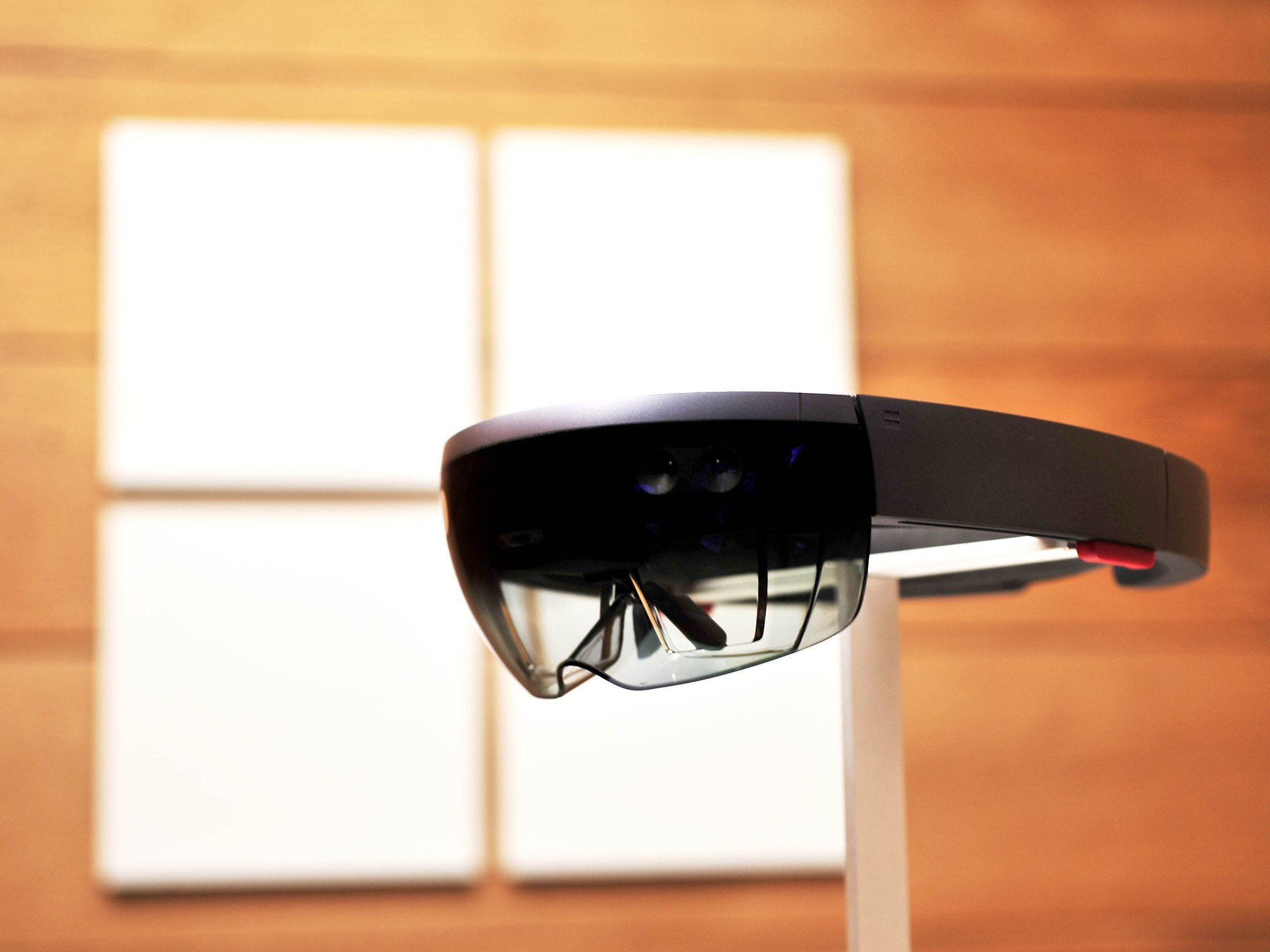
Speaking of breakout products HoloLens, Microsoft's ambitious mixed-reality wearable computer, is Time's 2015 Gadget of the Year. For a product that is still in development, has yet to be released and exists in very limited quantities, the industry has recognized the scope of Microsoft's ambition with this device. As a product that reimagines computing while pulling all of our productivity, leisure and communication tools seamlessly into this new mixed-reality paradigm, Microsoft has seen and is meticulously executing on the future of computing.
Like Daredevil, Microsoft seems to perceive more than the obvious. The companies smart investment in areas that stretch the imagination, create new categories and pushes the industry in new directions reveal an ambition and courage that was absent in years past. As we move into 2016, Microsoft is a company without fear, and that's just marvelous.
Jason L Ward is a columnist at Windows Central. He provides unique big picture analysis of the complex world of Microsoft. Jason takes the small clues and gives you an insightful big picture perspective through storytelling that you won't find *anywhere* else. Seriously, this dude thinks outside the box. Follow him on Twitter at @JLTechWord. He's doing the "write" thing!

